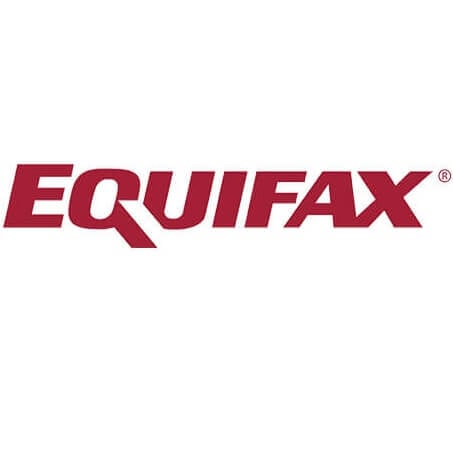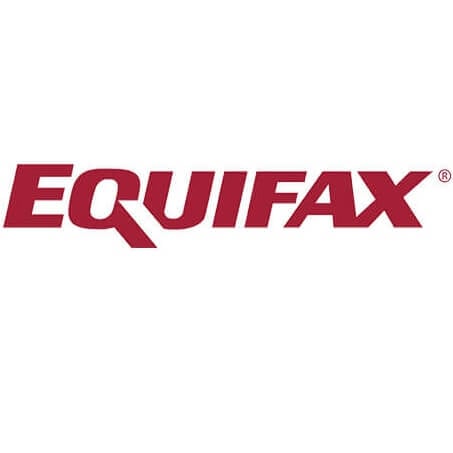Unfortunately, identity theft is on the rise in Canada. In 2023, over 11,000 cases of ID fraud were reported to the Canadian Anti-Fraud Centre (CAFC). Fraud crimes are vastly underreported, so the total is likely much higher.
Identity theft is no longer just someone combing through your paper mail for personal information. That still happens, but what’s more likely now is that your information is being stolen online through hacking or a phishing scam, where you are unknowingly giving a scammer personal information. Here’s what you need to know—plus how to prevent further ID theft.
What is identity theft?
Identity theft is when criminals steal your personal or financial information, like your social insurance number (SIN), credit card number or bank account information, and use it to open new credit cards, apply for government benefits, make purchases, or access your bank accounts and steal funds.
Previously, identity thieves operated primarily by stealing envelopes from mailboxes and going through recycling bins to find sensitive documents. But criminals have expanded deep into the digital world. They often use artificial intelligence (AI) to target hundreds or thousands of people at the same time, impersonating a government or bank official using phone calls, texts or emails to “phish” for personal information. Scammers also use sophisticated digital tools to hack accounts over public Wi-Fi, meaning they can gain access to your bank accounts and more. Anyone can be a target of identity theft.
How to report identity theft in Canada
If you suspect your identity has been stolen, don’t wait for verification—report the crime to your local police. If you believe your SIN has been stolen, report this to Service Canada by calling 1-866-274-6627. You should also contact the CAFC so it can compile statistics on how prevalent this problem is. Fill out information online in the Fraud Reporting System or contact the CAFC at 1-888-495-8501.
Then you need to contact the Canadian credit bureaus, including Equifax, so they can flag your file and notify you if anyone tries to open a credit card or take out a loan in your name. Also pay close attention to your credit scores and credit reports, also available through Equifax, for signs of suspicious activity.
sponsored
Equifax Complete Protection
Equifax Complete Protection is a credit and cybersecurity protection service designed to help Canadians spot the signs of identity fraud faster.
- Provides daily credit monitoring and alerts
- Scans for your personal data on the dark web
- Social media monitoring by industry leader ZeroFox
Subscription price: $34.95 per month
It’s confirmed, your identity has been stolen—now what?
Once your identity has been stolen, you’re likely to be targeted again. When scammers steal someone’s identity, they often sell the data to a third party, who will try to contact the victim—they are now seen as an easy target for other crimes.
You may find yourself at the receiving end of more phishing scams from unsolicited numbers or fake bank employees. Plus, once you place protective measures at your banks and credit bureau, it may be harder for you to open a new account—you may have to go through multiple verification checks. If the thief hurts your credit score by opening and using credit cards, then it may also be challenging for you to open new credit cards and apply for loans. And this can affect your financial life for a very long time—possibly years.

